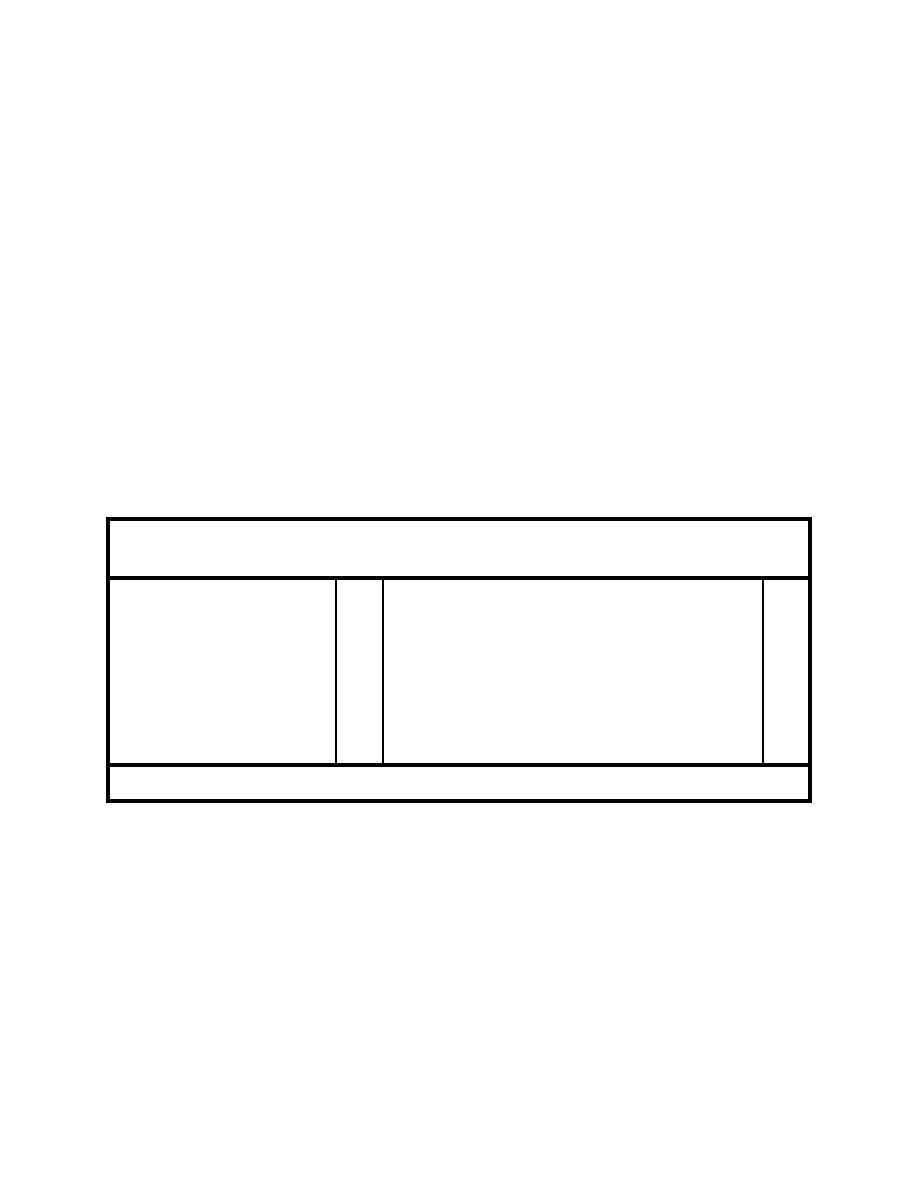 |
||
|
|
||
|
Page Title:
Table 1. Benthic Organisms and Weights (g) of Pooled Samples Collected at the New York Bight Apex Site |
||
| |||||||||||||||
|
|
 ERDC TN-DOER-R5
September 2004
coolers via overnight air freight to the U.S. Army Engineer Research and Development Center
(ERDC), Waterways Experiment Station (WES) for physical and chemical characterization.
The remainder of each sediment sample was sorted in the field to collect organisms. This was
accomplished by washing the sediment through 0.5-mm mesh sorting screens with collection site
seawater to separate the organisms from the sediment. No single grab contained sufficient
organisms of any taxonomic group to be treated as a sample for chemical analysis. Therefore,
organisms were collected and pooled by taxa in plastic sorting trays. The taxonomic
identification of the benthos collected and wet weight in grams of each are given in Table 1. The
collected organisms were maintained alive in fresh collection site seawater until the end of each
day, when a decision was made as to which taxonomic groups had sufficient biomass for
chemical determination. These organisms were then placed together in plastic Whirl-Pac bags
and frozen on board the vessel. All molluscs were frozen in their shells with the exception of
Mercenaria mercenaria, which were shucked on board the vessel due to their large size.
Insufficient Crustacea were found to constitute a pooled sample, and those that were found were
not analyzed. Five pooled samples resulted: (1) Mollusca (bivalves), (2) Lumbrineridae,
(3) Nephtys sp. (Polychaeta), (4) Misc. Polychaetes, and (5) Cerebratulus lacteus (Nemertea).
Samples were stored in shipboard freezers at < 0EC, until shipped to WES by overnight air
freight for subsampling and preparation for chemical analysis.
Table 1
Benthic Organisms and Weights (g) of Pooled Samples Collected at the New York Bight Apex
Site
Polychaetes
Crustaceans
1
Nephtys sp. (incisa or picta)
5
119
Isopods
Unknown worm parts
8
105
Assorted
24
Pherusa sp. (affinis)
2
Lumbrineridae
393
Molluscs
94
48
Nucula sp.
Glycera sp.
Unsorted molluscs (primarily Nucula and shell hash)
459
12
Diopatra cuprea
Orbiniidae
198
21
Astarte sp.
Opheliidae
4
2
Nassarius trivittatus
44
6
Ensis correctus
Sigalion arenicola
6
Yoldia limatula
Nemerteans
62
Spisula solidissima
60
82
Mercenaria sp. (mercenaria)
Cerebratulus lacteus
1
Species names in parentheses are tentative identifications.
2
Mollusc weights include shells.
Chemical Analysis. All PCDD/F tissue and sediments were analyzed at the Battelle
Columbus Dioxin Laboratory, Ohio. Samples were analyzed following a revised version of
Method 8290 for dioxin/furan analysis (USEPA 1996). Following extraction, the seventeen
2,3,7,8-chlorine-substituted PCDD/F congeners and homologue groups were analyzed using
combined capillary column gas chromotography/high resolution mass spectrometry (GC/MS).
Lipids were determined gravimetrically on a 100-L aliquot of a dichloromethane extract
removed prior to clean-up steps for GC/MS analyses, and blown to dryness under N2. The
residue remaining after drying was weighed in a tared pan on a Cahn C31 electronic
microbalance. Lipids were reported as a percentage of the sample wet weight. Although only a
3
|
|
Privacy Statement - Press Release - Copyright Information. - Contact Us - Support Integrated Publishing |